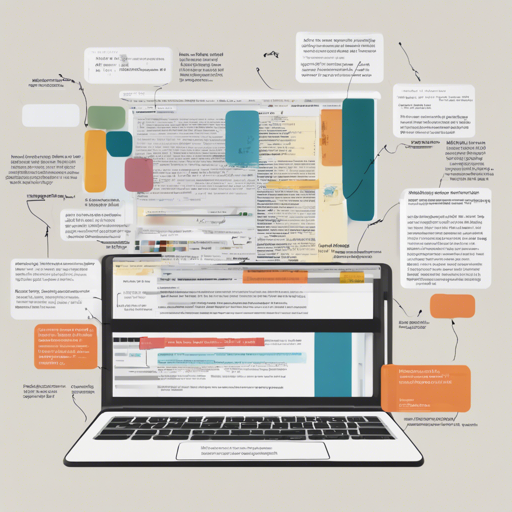In the ever-growing field of Natural Language Processing (NLP), the MBART model fine-tuned on the MLSUM dataset stands out as a powerful tool for abstractive text summarization in the Italian language. In this article, we will explore how to set up and utilize this summarization model effectively.
Overview of the MBART Model
The model we are focusing on is a fine-tuned version of facebook/mbart-large-cc25. It has been specifically adapted for the MLSUM dataset to generate concise and coherent summaries while varying lengths based on the input text.
Getting Started
To harness the capabilities of the MBART summarization model, follow these easy steps:
1. Environment Setup
- Ensure you have Python installed on your system.
- Install the necessary libraries using pip:
pip install transformers torch2. Load the Model and Tokenizer
With the environment set, you can now load the model and the tokenizer:
from transformers import MBartTokenizer, MBartForConditionalGeneration
tokenizer = MBartTokenizer.from_pretrained("ARTeLab/mbart-summarization-mlsum")
model = MBartForConditionalGeneration.from_pretrained("ARTeLab/mbart-summarization-mlsum")Understanding the Code with an Analogy
Imagine you’re preparing a high-end meal (the summarization) and the MBART model is your special kitchen gadget that makes everything easier. The tokenizer acts like a master ingredient processor—gathering your ingredients (text) and prepping them to be cooked (summarized). Once the ingredients are prepped, you hand them over to the MBART model, which is like a skilled chef. The chef takes those ingredients and crafts an exquisite meal (summary) that tastes just right and is a delightful representation of the raw materials you provided.
3. Training Hyperparameters
For those interested in training the model further, here are the specific hyperparameters used:
- Learning Rate: 5e-05
- Train Batch Size: 1
- Eval Batch Size: 1
- Seed: 42
- Optimizer: Adam with betas=(0.9,0.999) and epsilon=1e-08
- LR Scheduler Type: Linear
- Num Epochs: 4.0
Evaluation Metrics
The performance of the model can be gauged through metrics like:
- Loss: 3.3336
- Rouge1: 19.3489
- Rouge2: 6.4028
- Rougel: 16.3497
- Rougelsum: 16.5387
- Gen Len: 33.5945
Troubleshooting
In case you encounter any issues while implementing the model, here are some troubleshooting tips:
- If the model does not load, ensure that you have the correct version of the transformers library installed.
- Check your internet connection, as the model and tokenizer need to be fetched from online repositories.
- If you run into memory issues, consider reducing the batch sizes or use a machine with more GPU.
For more insights, updates, or to collaborate on AI development projects, stay connected with fxis.ai.
At fxis.ai, we believe that such advancements are crucial for the future of AI, as they enable more comprehensive and effective solutions. Our team is continually exploring new methodologies to push the envelope in artificial intelligence, ensuring that our clients benefit from the latest technological innovations.
In conclusion, leveraging the MBART model for abstractive summarization can dramatically enhance how we process and create informative text summaries, especially in resource-limited languages like Italian. Happy summarizing!

